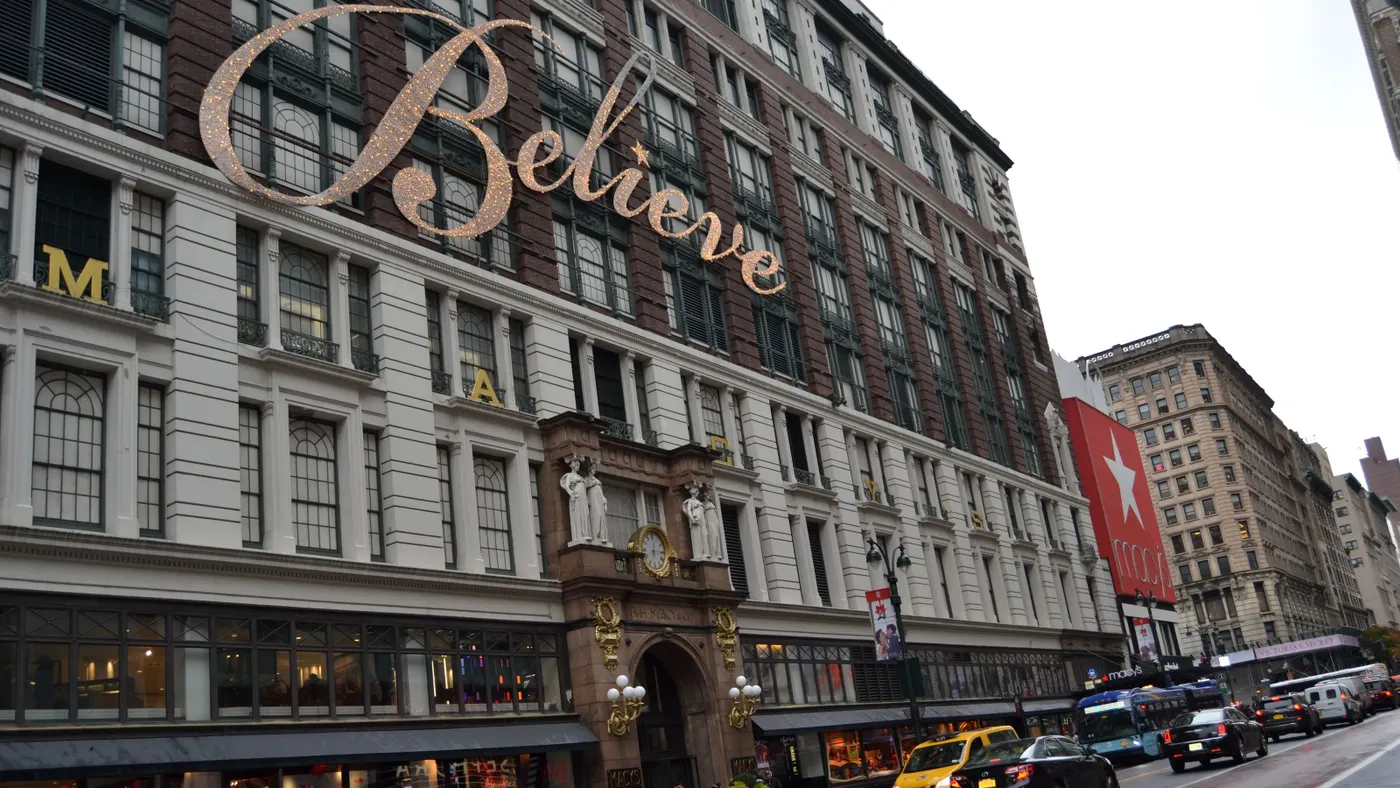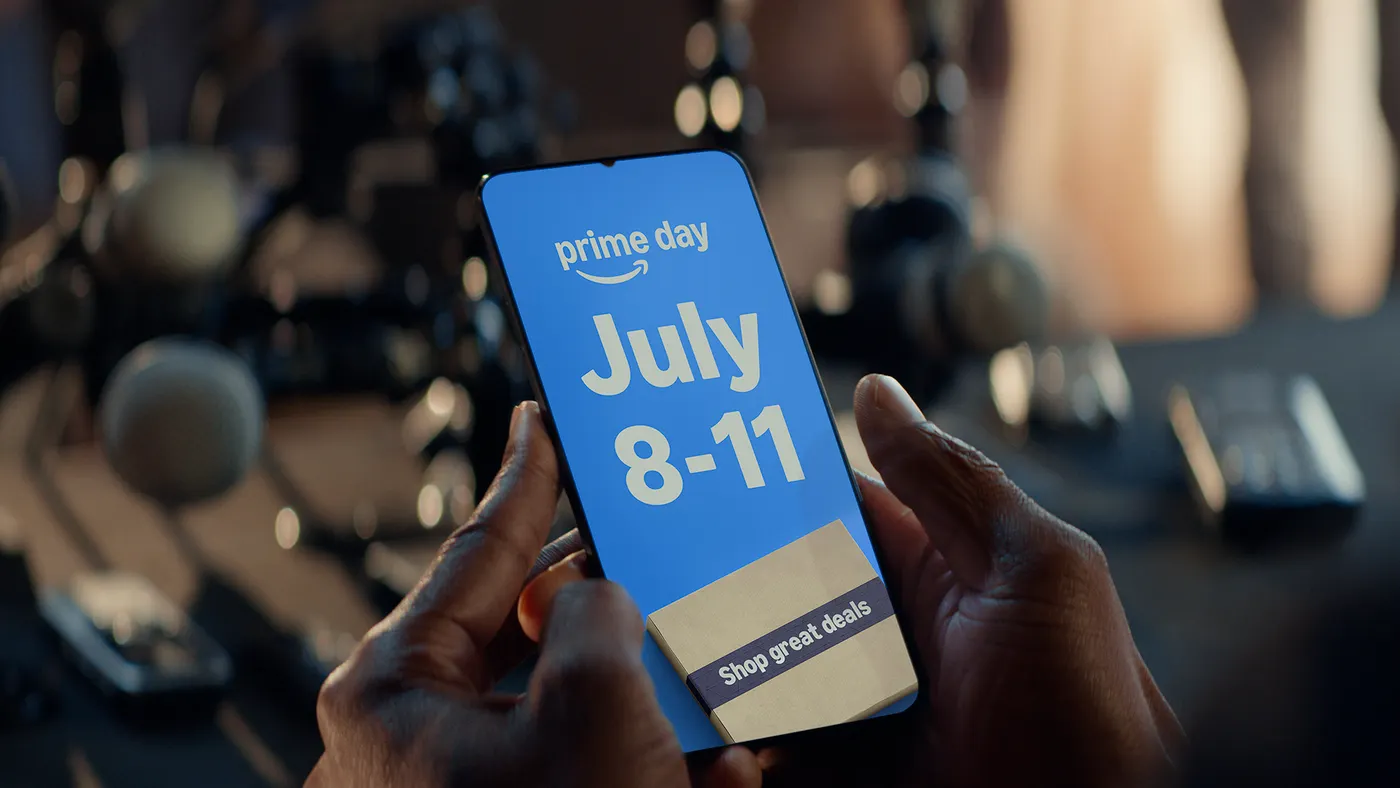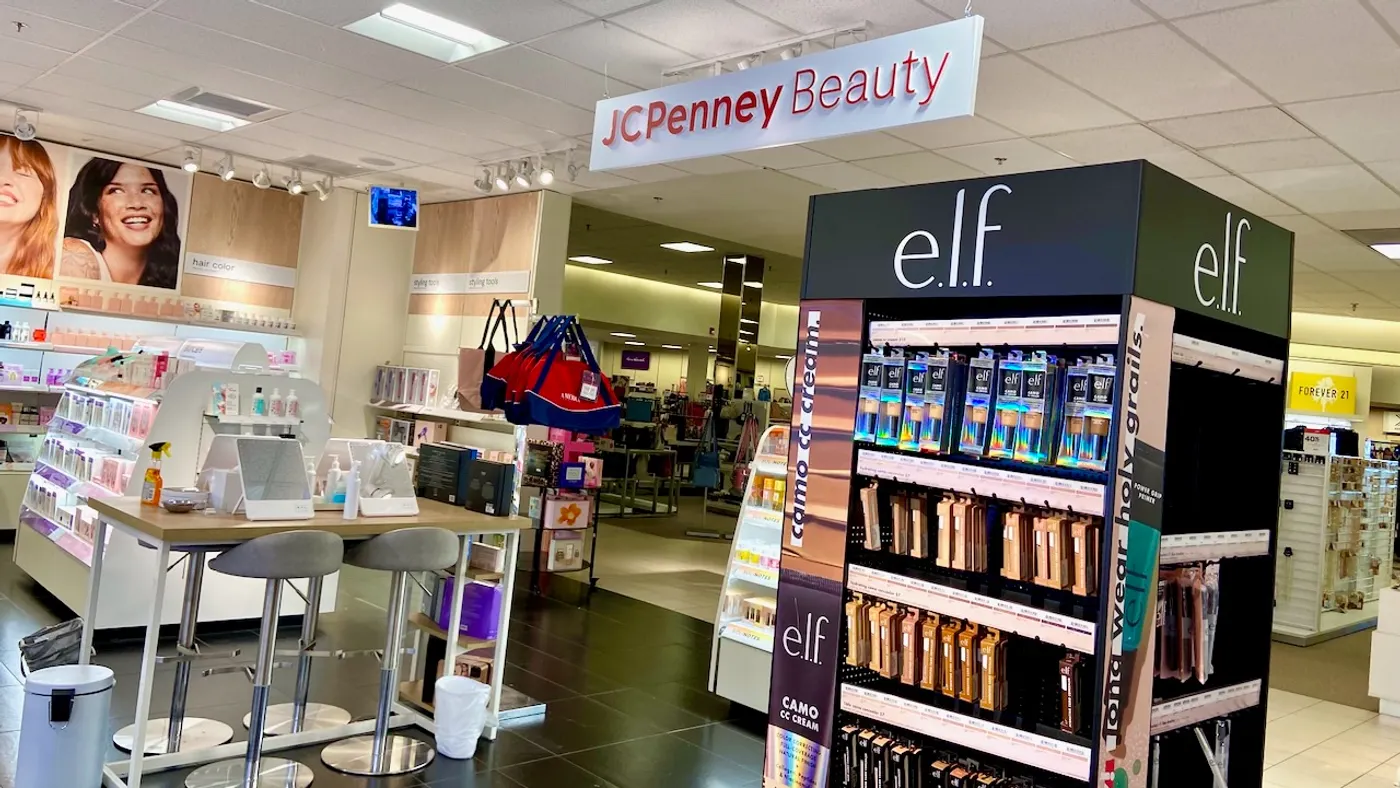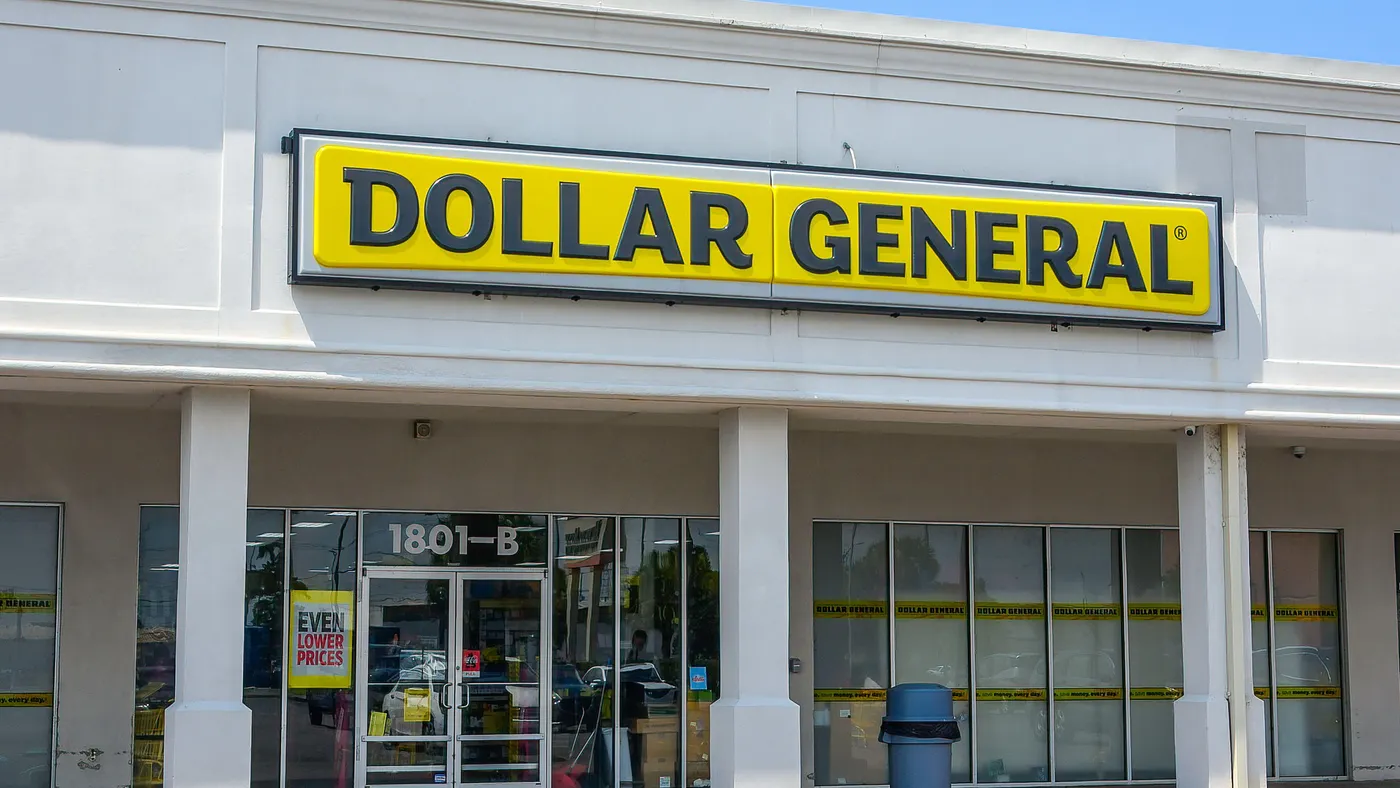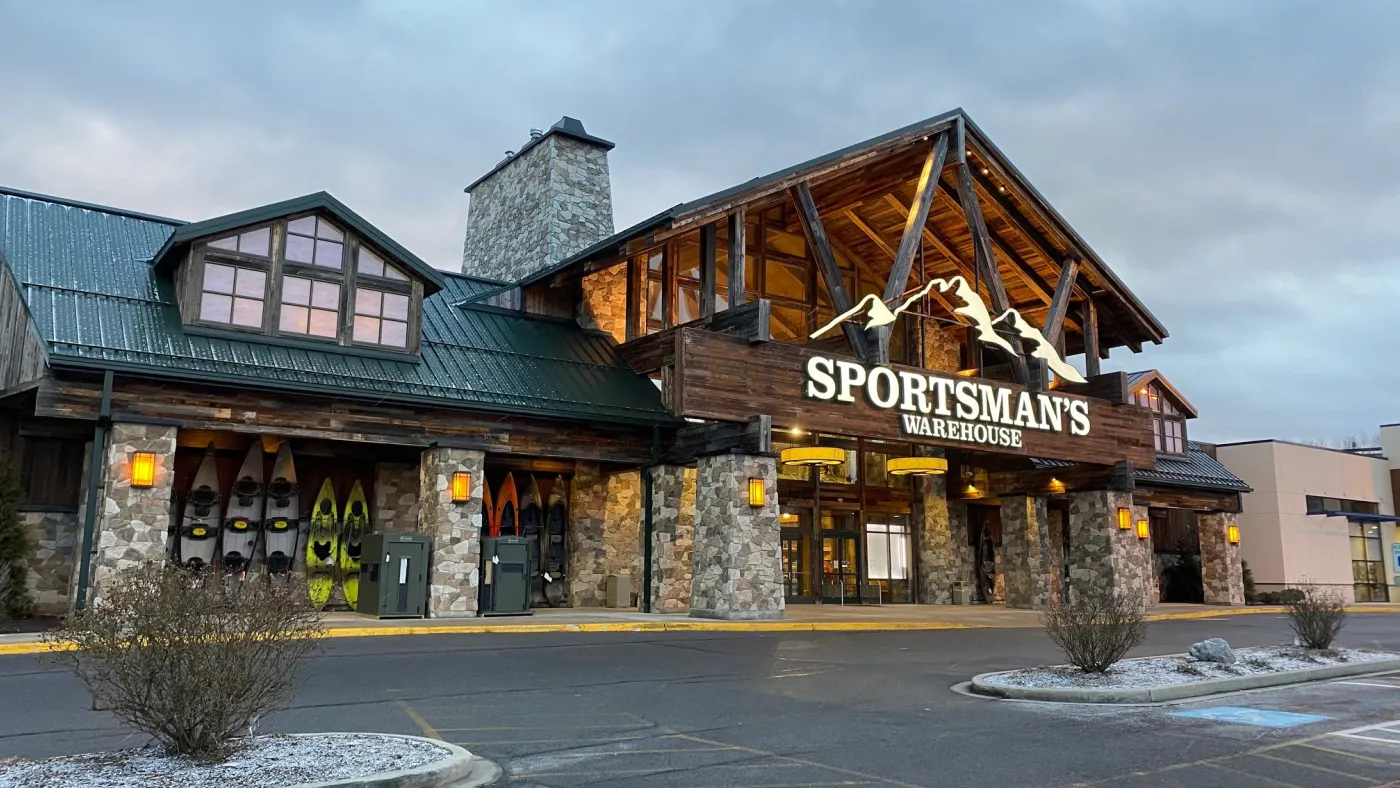By: Daphne Howland
• Published April 28, 2025
The “cost of goods plus markup” formula for determining retail price, often a delicate balancing act in the best of times, is especially fraught in the age of tariffs.
Trade policy under President Trump has been in flux since January, so it’s often difficult to know what the cost of goods is, or will be. Plus, consumers, whose capacity to spend on discretionary items is already sorely tested, are on the lookout for deals and easily shun anything they deem overpriced. Lower-income shoppers are struggling to afford essentials, while higher-income ones are trading down to more affordable options.
This all makes pricing “a really tough needle to thread” and different from the tariffs instituted under the first Trump administration, which were more easily passed on, according to Ali Furman, consumer markets industry leader at PwC.
“You have to really weigh all your options to mitigate tariffs and protect your margin, inclusive of passing on price,” she said by video conference. “But we're in a very different moment with today's consumer than we were in 2018. And you know, no retailer wants to be the one that's called out on social media as gouging the consumer.”
Walmart sets the pace
Import taxes are paid by the retailer receiving the goods. So far, few have been padding their prices on inventory acquired before tariffs hit, according to Owen Carr, chief merchandising officer at Spreetail, an e-commerce marketplace accelerator specializing in oversized products.
“There may be some retailers that try and get margin when they can, and raise price ahead of their actual cost going up. But that'll be the exception, not the rule, because you don't want to be the only high-priced person at the party,” Carr said by video conference. “If you're the first retailer to go up, the customers remember that. So I do think that a lot of retailers will try very hard not to raise prices until they have to.”
In fact, Walmart’s announcement that it may take an operating margin hit in Q1 because it’s committed to keeping prices low is likely to be highly influential, according to Matt Pavich, senior director of strategy and innovation at Revionics.
“When Walmart makes pricing moves, the rest of retail follows, to some degree, on a lot of products,” he said by video conference. “You want to take care of your customers, because anyone can make a quick profit. But the problem is that it's quick, and then you've lost your customers. It's a short-sighted, short-term strategy. Consumers have options.”
Keeping a lid on prices during peak inflation — when Walmart’s “always low prices” commitment was also a factor — helped several retailers grow share and even profits, according to Revionics data.
“The other piece about profits, is you can make up for it,” Pavich said. “You can have a lower margin but still make more profit because of the volume you sell.”
Tech gains importance
When inventory costs more, retailers must decide not only whether to pass on the increase, or how much of it, but also whether the assortment needs to change, according to Furman and others.
"No retailer wants to be the one that’s called out on social media as gouging the consumer.”
Ali Furman
Consumer Products Industry Leader, PwC.
For many, especially smaller businesses, those decisions may be instinctive. Ariane Harris, who runs a women’s apparel boutique in Bend, Oregon, said her vendors so far aren’t changing their prices. Her store, Dutch & Bow, specializes in sustainably made clothing sourced from places including Vietnam, Europe, the U.S. and China.
“If prices go way up, I may just not carry them anymore, and take that budget and put it towards something else,” she said by phone. “Because part of it is, people will pay a certain amount for certain things, but if it goes above a mental amount they won’t.”
For hard goods, price jumps of as low as 1% to 3% led to a 20% drop in sales, according to a Spreetail study from last fall.
Retailers with bigger operations, multiple departments and varied assortments require technology for such calculations, and the tech has evolved to meet the moment, experts say. Revionics earlier in April announced the alpha release of its multi-agent AI pricing system, for example.
“It's a great time to, frankly, adopt the bleeding-edge agentic AI strategies, because the impact that these agents can have is so material,” PwC’s Furman said. “Even in the last three months there's been a significant evolution in what AI agents can do in terms of taking a manual, laborious business process and applying agents to it.”
Merchants need data to understand which products are coming from where, what the tariff risk is, how best to offset cost increases, and what customer reactions to prices (price elasticity) are likely to be. That can vary by not only product but also demographics and location, according to Pavich.
“You need to set yourself up to be able to make data-driven decisions quickly,” he said. “Having the analytical solutions that can help you do predictive modeling to say, ‘If my costs go up on these 200 items, how do I offset that in a way that most benefits my customers?’ Because consumers are more budget-conscious than ever.”
How to offset tariff risk
As tariffs spike prices, retailers and brands have various levers to pull.
One is tamping down other costs, like marketing, an option most viable at larger companies like Walmart, according to Greg Stoller, master lecturer at the Boston University Questrom School of Business.
Another is hiking prices on goods with less price elasticity, while reserving promotions for those with more.
“Maybe it's taking a promotion that was 25% off and now it's only 15% off,” Pavich said. “You're still writing a promotion, but maybe you're saving some margin there. Or I'm maybe in the red on some products, but it's okay because I'm able to make up for it on some other products. Or maybe this one store is going to be a little more negative profit than another store, and that's okay, because you're still finding ways to offer better prices for consumers.”
Buying ahead to avoid tariffs is one opportunity that may be gone by now. December and January had some of the highest import volumes ever, according to Spreetail’s Carr. Few retailers would stock up on more than 30 or 60 days of stock because it’s financially risky, though having about that much inventory does provide flexibility and time, Carr said.
It may be time to work with suppliers on development of private labels, however, given that consumers have been turning to them in inflationary times, Pavich said. Essentially all households (99.9%) purchased at least one private label grocery item in the past 12 months, with similarly large percentages for other categories, per a Numerator report in December.
Launching a private label requires open communication with suppliers, experts said. Longer term, subbing American-made goods for imported ones may be an option. But that is a complex, difficult, expensive, multiyear endeavor that isn’t possible in some cases, according to Furman.
“Should companies consider reshoring their manufacturing operations or should they consider moving them to lower-tariff Southeast Asian countries?” she said. “My answer is ‘it depends.’ It's hard to know. Certain retailers, like luxury, are never, never going to, because part of their brand DNA is the fact that you're buying from artisans, like craftsmen from Europe or ‘Made in Italy.’”
Talking tariffs with vendors, customers
Tariffs are price hikes that someone has to pay, and communicating with suppliers and customers is essential to maintaining a sense of fair play.
Retailers and brands already tend to have close relationships with their manufacturers, including those in China, which is on the receiving end of the highest tariffs and most severe rhetoric. Some industrial areas there fly American flags, reflecting “long-term relationships and business models built around China-U.S. trade,” according to Brad Kayton, a fractional CFO and regional director of The CFO Centre.
“They're going to be impacted very heavily. But there's going to be some negotiation there,” he said by phone. “You need to look at negotiating with your vendors, and saying, ‘Let's get through this.’”
To the extent that customers pick up part of the tab, retailers must communicate the fact that the trade policy is outside their control. Some grocers in Canada are displaying the impact on prices via shelf edge labels, and that will grow commonplace as more tariff-related hikes get passed on to the consumer, Furman said.
“I know for a fact some companies that are contemplating passing on price to the consumer are really focused on transparency,” she said. “Things like, should we have a line item on the receipt that specifically says, ‘This is the tariff-related cost that you're being asked to pay, separate from the cost of the product or the good or the apparel item.’”
Unlike inflation, which involves complex macroeconomic forces that politicians — and retailers — are often implicated in, tariffs are more easily understood, Pavich said.
“This is different. People know why this is hitting and why this is hitting hard, so get out there and communicate it,” he said. “It's not your fault as a retailer. Put a sign up to say, ‘Unfortunately, due to tariffs, my cost went up 20% on this item. I am not raising your price 20%, I'm absorbing half of that cost, so you don't have to.’ Whether it's a handwritten one in a small boutique store or some fancy one created for a tier-one mega, super-retailer, that can go a long way. In Canada, you're seeing signs as simple as ‘buy Canadian.’”
It’s going to be a tariff-ic holiday
Most consumers are likely to feel the first pinch from tariffs during the year’s peak shopping periods.
The additional warehousing costs and distribution costs from any extra inventory could mean somewhat higher prices in late spring, early summer, Furman said. But, because most retailers have been well stocked for those seasons, price jumps from tariffs aren’t likely to be felt until the holidays, starting with back to school, experts said.
“July, August, September will be when folks will feel it,” Carr said. “Your summer season and spring season will be pretty solid.”
The Toy Association in March called for toys to be excluded from tariffs. But traditional purchases like trees, lights, pajamas, game consoles and other gifts are also poised to get more expensive, given that the U.S. is the largest importer of goods in the world, according to the Tax Foundation. Consumer goods including toys, clothing, jewelry and electronics added up to more than $757 billion of imports to the U.S. in 2023, according to that report, “Are Tariffs the Ghost of Christmas Future?” from December.
Some people appear to be spending ahead of tariffs, which some analysts say helped push up March retail sales by 3.6%, and that could happen around the holidays. The situation may be similar to holiday 2021, when supply chain issues and shipping delays created gaps on shelves, John Mercer, head of global research at Coresight Research, said by email. Such shortages could also push up prices, which Mercer called a secondary price effect of tariffs.
“You could get some pull-ahead holiday sales from some savvy buyers,” Pavich said. “But I've heard a few retailers refer to tariffs as the coming ‘Christmas tax.’”
Article top image credit: 97 via Getty Images


